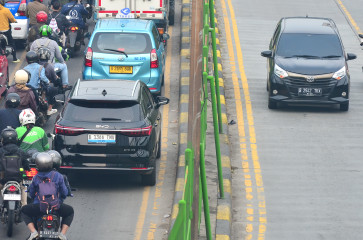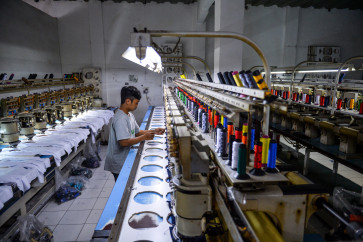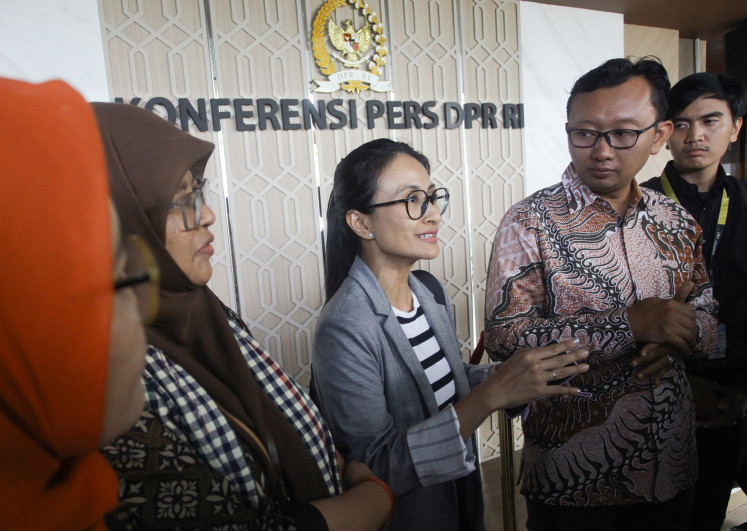Popular Reads
Top Results
Can't find what you're looking for?
View all search resultsPopular Reads
Top Results
Can't find what you're looking for?
View all search resultsPoverty rate rises as staple food prices increase
The number of people living below the poverty line in Jakarta has increased since September last year as a result of rises in the prices of basic commodities and inflation, the Jakarta Central Statistics Agency (BPS Jakarta) revealed on Monday
Change text size
Gift Premium Articles
to Anyone
T
he number of people living below the poverty line in Jakarta has increased since September last year as a result of rises in the prices of basic commodities and inflation, the Jakarta Central Statistics Agency (BPS Jakarta) revealed on Monday.
The agency, which carries out a census on the poverty rate in March and September every year, recorded that the number of poor residents in March had increased to 384,300, or 3.75 percent of the city’s 11 million population, from only 368,670 people in September last year.
The recent increase in the price of food commodities such as rice, cigarettes — which the agency includes as a basic necessity in the lower income bracket — and chicken meat, as well as other commodities such as housing, electricity and gasoline have all contributed to the increasing poverty rate in the capital.
“Why has the poverty rate increased? Because the prices of commodities has increased while people’s salaries have remained the same,” BPS head Suryamin said in a press conference.
The increase in commodity prices is only one part of recent inflation. According to the Jakarta BPS, inflation in March was 0.15 percent, higher than only 0.01 percent in September last year.
The BPS considers a person to be living in poverty if they spend less than Rp 510,359 (US$38.96) per month, which continuously changes according to changes in the price of basic commodities. The poverty line is calculated based on the minimum amount that someone needs to spend in a month to fulfill their basic needs, meaning that a person who now spends less than Rp 510,359 would not be able to fulfill their basic needs.
When calculated on a year-on-year basis, however, the poverty rate slightly decreased by 0.18 points. In March last year, 3.93 percent of Jakarta’s total population, or 398,920 people were living in poverty, as a result of a higher inflation rate, which was recorded at 0.19 percent.
Although Jakarta has always been the province with the lowest poverty rate in Indonesia, its poverty rate in this period has gone in the opposite direction from the national rate, which shows a decreasing trend, thanks to a decreasing inflation rate nationally.
Nationally, the amount of people living in poverty decreased to 28.01 million, or 10.86 percent of the 249 million population, from 28.51 million recorded in September last year.
Latief Adam, economist from the Indonesian Institute of Science (LIPI), said the city administration should shift its focus to inclusive development from simply a development policy — which many people see as benefitting only a small percentage of people in the upper economic bracket — to really minimize the poverty rate in Jakarta.
“The administration should synchronize the quantity and quality of development,” he told The Jakarta Post over the phone, adding that the administration could, for example, make informal sectors formal and intensify its promotion of small and medium enterprises.
“[Economic] inequality in Jakarta is very high right now.”
He also said there should be collaboration between the central and local governments in providing job opportunities in other regions in the country to prevent people from moving to the capital to look for jobs.










